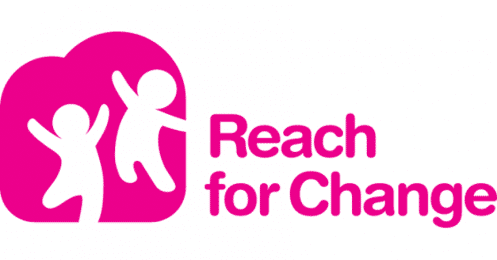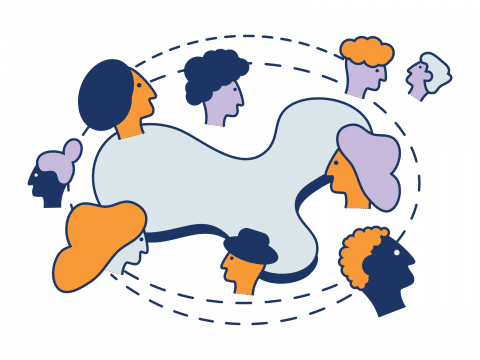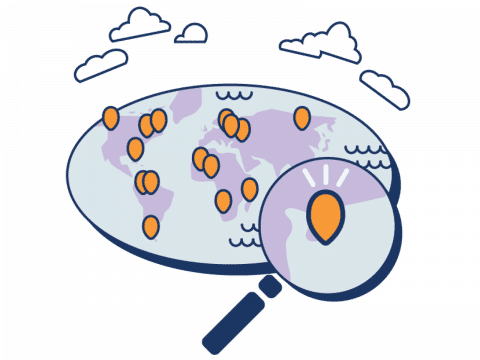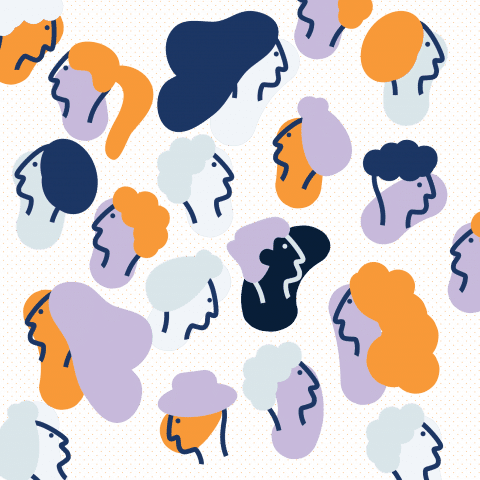Nordic Changemaker Map event
Trends from the Nordic Changemaker Map - announced, together with Reach for Change, during this exclusive launch event with the support of the Swedish Postcode Foundation. The event included panel discussions with Changemakers, Nordic decision-makers and partners.
Q&A
Background of the Changemaker Map
Ashoka has been actively following the evolution of changemaking ecosystems since the 1980s. However, the first Changemaker Mapping and visualization of the ecosystem was conducted in 2014 in Austria. At that time, more than 1,600 Changemakers were interviewed based on 7,577 proposals. The Map resulted in a comprehensive picture of the country’s active Changemakers and their connections to each other. Besides, the survey increased the awareness of change agents among the general public and also strengthened the networking of the ecosystem.
Mapping is a great tool for this, as it sheds light on the gender distribution of the ecosystem, the thematic priorities, the gaps and the areas where investment and support accumulate. The mapping also shows what are the barriers to ecosystem development and, on the other hand, what would help Changemakers scale their impact.
Overview of the Nordic Changemaker Map
The maps have served as a springboard for ecosystem players (including social entrepreneurs, policy makers, investors, network supporters, media, etc.) to:
- have a better overview and understanding of the needs, challenges and trends among Changemakers;
- take better decisions in investments and policies;
- improve the changemaking field for individuals and organisations that create societal change.
Objectives
The Nordic Changemaker Map aims to:
- Conduct a health check on the challenges and needs of the ecosystem
- Create visibility of existing and needed networks for Nordic Changemakers
- Enhance collaborations and connectivity among stakeholders in the ecosystem, nationally and regional
- Identify trends to better support, strengthen and evolve the Changemaking scene
- Assure a wider understanding of social entrepreneurship and Changemaking in the society
A Grassroots-Led Mapping
An important element of the map is the assurance that it is grassroots-led and moves beyond the “silos” of Ashoka Nordic and Reach for Change's established networks in the region. Therefore, the Map adapted the Snowball Analysis methodology to enable an organic approach for nominations and offered participation.
The Snowball Analysis method is based on a nomination-approach, where one participating Changemaker nominates one or more fellow Changemakers. The nominations are evaluated on the basis of the criteria and categories, and if eligible contacted to participate. The method allows the map to create a ripple effect of reaching beyond the “usual suspects” of the organisers network and engage Changemakers from each region of the Nordics.
Data Collection
The map collects both qualitative and quantitively data, through in-depth interviews and online forms respectively.
Changemakers who participate through an interview all complete a pre-interview survey, followed by an 1-1,5 hours interview. Changemakers who are invited to fill in a form does so through a more elaborate questionnaire that takes on average 30 minutes to complete. The pre-interview form and the online form are both included in the digital maps.
This 2-folded approach to the data-collection enables the map to gather insights and reflections that are both visualised on the maps as well as result in a roadmap of reflections/trends/recommendations.
Co-created by
Ashoka
Ashoka is the global network for designers of our society who take an entrepreneurial stance and innovative approaches to solve social problems - in partnership with institutions and committed people worldwide.

Reach for Change
Reach for Change is an international non-profit founded in Sweden. Reach for Change's vision is a world where all children and youth reach their full potential. They run development programs for social entrepreneurs, tailored to their specific developmental stage.
Reach for Change supported Ashoka in their social entrepreneurship and children & youth work in 2020, with a focus on the Nordic Changemaker Map.


Reach for Change
Reach for Change is an international non-profit founded in Sweden. Reach for Change's vision is a world where all children and youth reach their full potential. They run development programs for social entrepreneurs, tailored to their specific developmental stage.
Reach for Change supported Ashoka in their social entrepreneurship and children & youth work in 2020, with a focus on the Nordic Changemaker Map.





